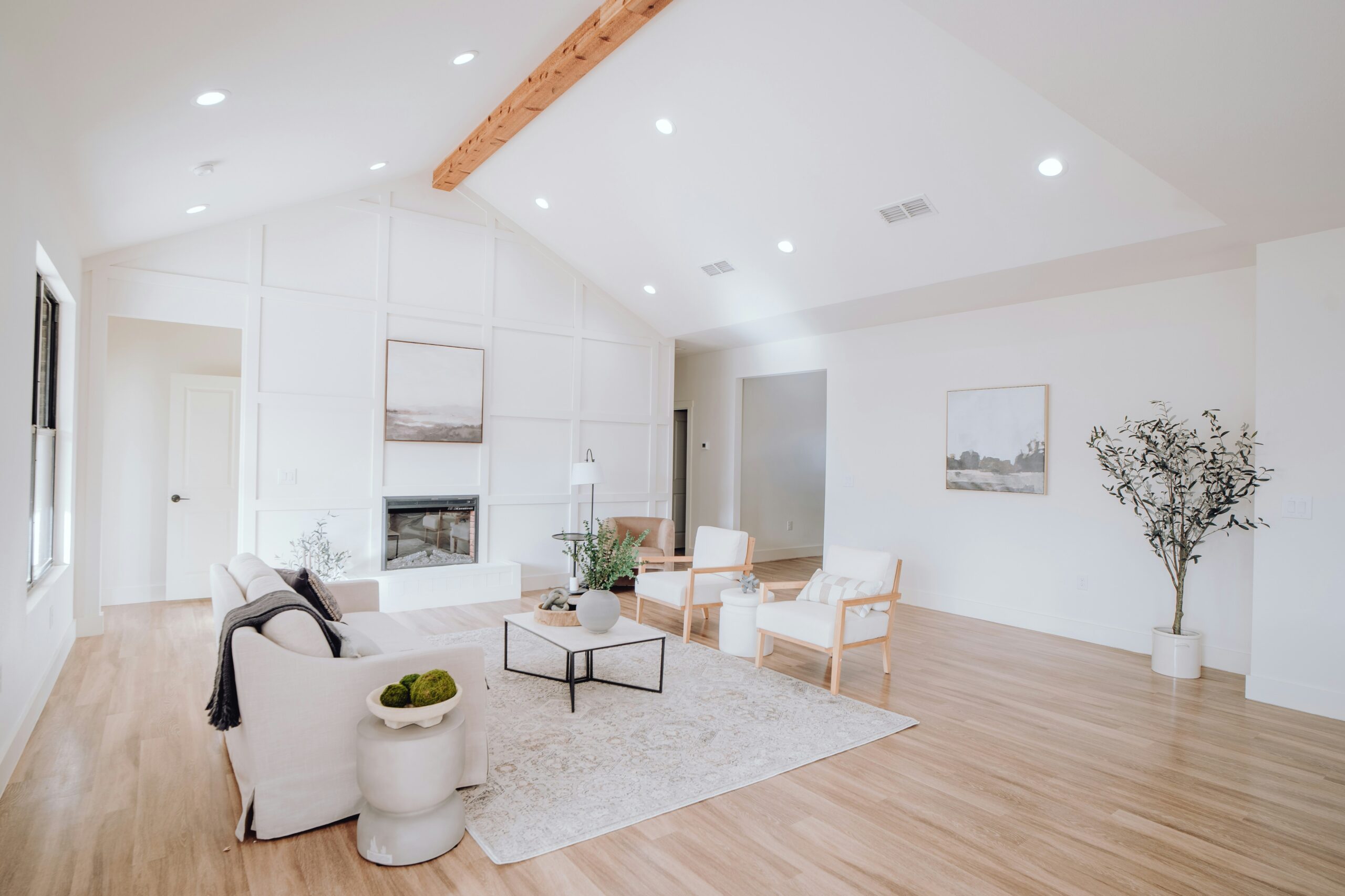
US Long-Term Mortgage Rate Reaches 6.94%
The latest data reveals that the average long-term U.S. mortgage rate has continued its upward trend, marking the fourth consecutive week of increases. This development presents a significant challenge for prospective homebuyers as they enter the spring homebuying season, where the timing traditionally sees increased activity in the housing market.
According to Freddie Mac, the average rate on a 30-year mortgage climbed to 6.94% from 6.90% the previous week, representing a notable increase from the 6.65% average seen a year ago. This rise places the average rate just below its mid-December peak of 6.95%, indicating a steady upward trajectory.
The impact of rising mortgage rates extends beyond simple numbers; it directly affects the affordability of homes for many Americans. With each increase in rates, borrowers face the prospect of paying hundreds of dollars more each month, potentially limiting their ability to purchase homes. This situation is particularly challenging for those who had locked in historically low rates two or three years ago, as selling their homes now would mean facing higher rates for their next purchase.
The recent trend of increasing rates can be attributed to several factors. Reports indicating stronger-than-expected inflation at both the consumer and wholesale levels have raised concerns among bond investors. There is now speculation that the Federal Reserve may postpone interest rate cuts until later in the year, further influencing mortgage rates. Additionally, market dynamics such as global demand for U.S. Treasuries and investor expectations regarding future inflation play a role in determining home loan rates.
Despite the recent rise, it’s worth noting that the current average rate on a 30-year mortgage is still below the peak of 7.79% reached in late October. This slight pullback in rates in November and December helped boost sales of previously occupied U.S. homes by 3.1% in January, reaching the strongest sales pace since August.
However, the recent uptick in rates poses a challenge for potential homebuyers as they navigate the spring homebuying season. The higher rates, combined with already limited inventory and soaring home prices, are creating affordability challenges for many buyers. This scenario has led to a dampening of homebuyer momentum, with some opting to wait on the sidelines until market conditions become more favorable.
The impact of rising rates is already being felt in the market, with contract signings on U.S. homes dropping 4.9% in January from the previous month and down 8.8% from a year earlier. This decline is indicative of a slowdown in future home purchases, as there is typically a lag of a month or two between signing a contract and completing a sale.
Additionally, mortgage loan applications have seen a decline for three consecutive weeks, according to the Mortgage Bankers Association. This trend further underscores the challenges faced by homebuyers in the current market environment.
Amidst these challenges, there is some positive news for homeowners seeking to refinance their mortgages. Borrowing costs on 15-year fixed-rate mortgages, which are popular among homeowners looking to refinance, have declined this week. The average rate for a 15-year mortgage now stands at 6.26%, down from 6.29% the previous week and lower than the 5.89% average seen a year ago.
In conclusion, the recent increase in mortgage rates presents a complex landscape for the housing market. While the rise in rates may impact homebuyer affordability and dampen market activity in the short term, the overall outlook remains uncertain as various economic factors continue to influence mortgage rates.










